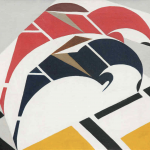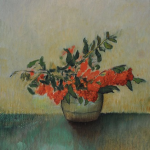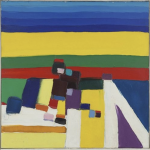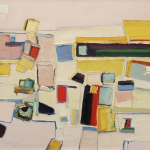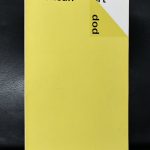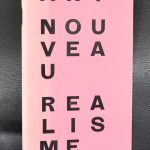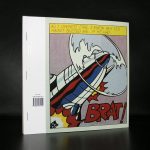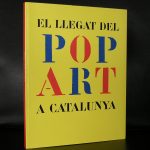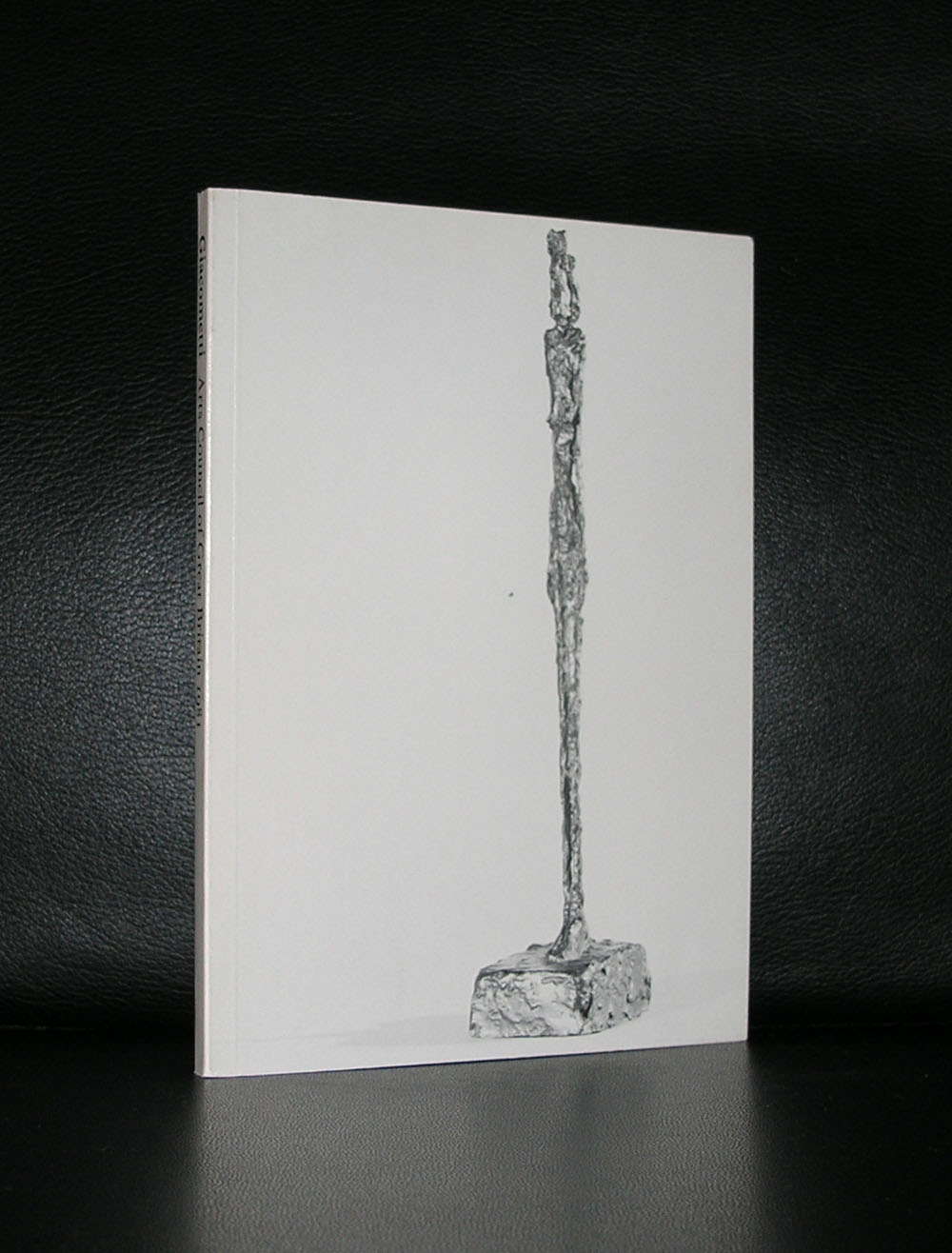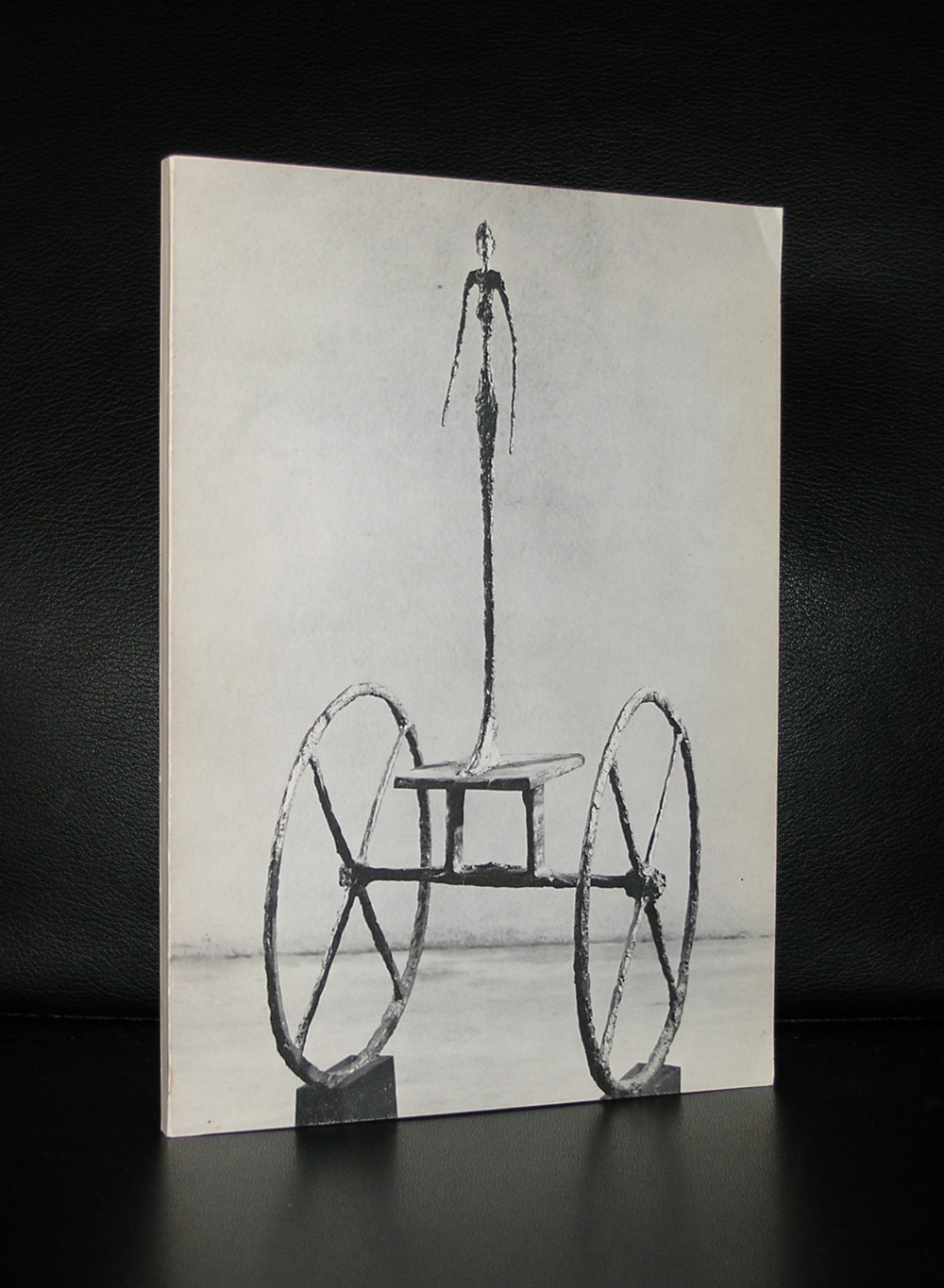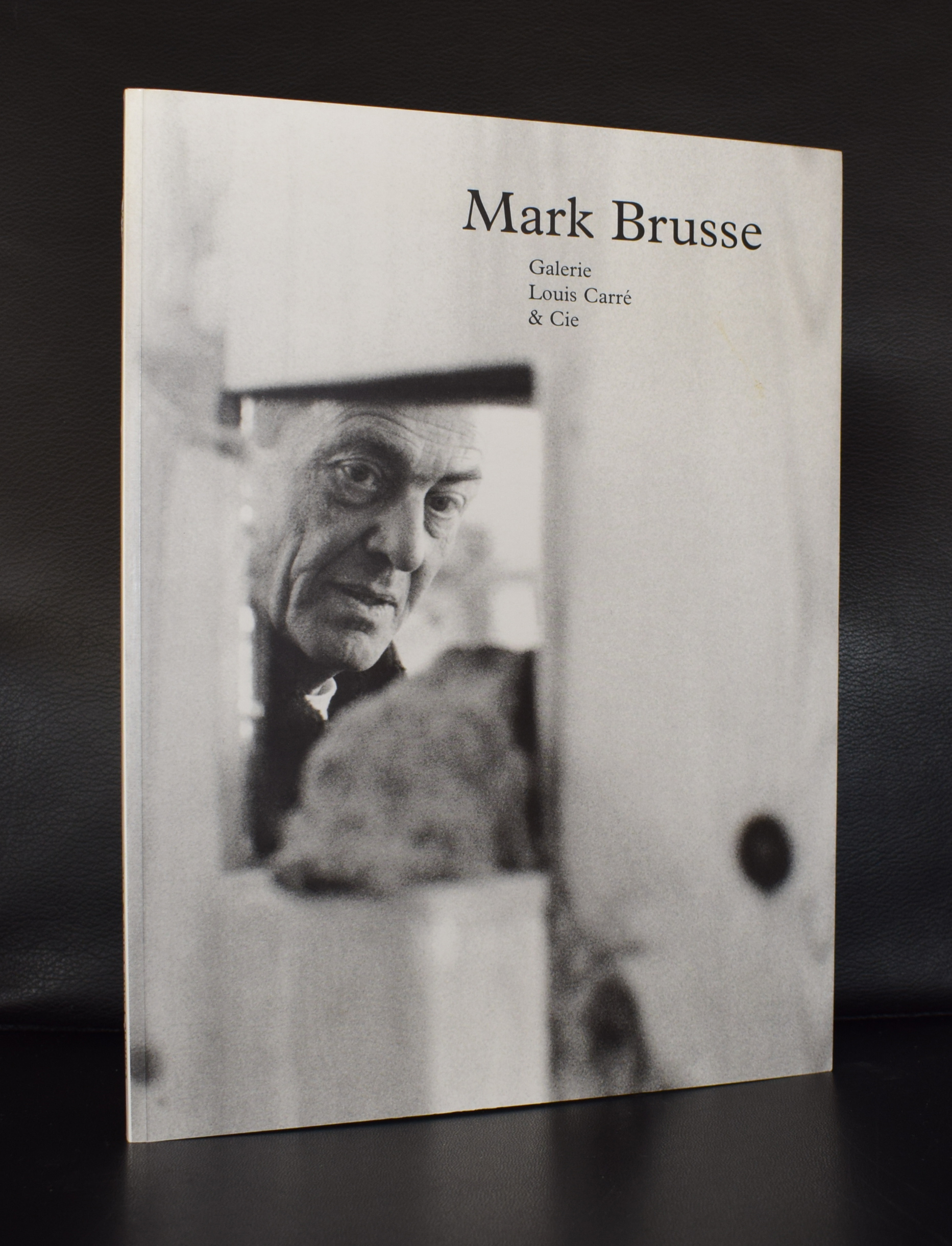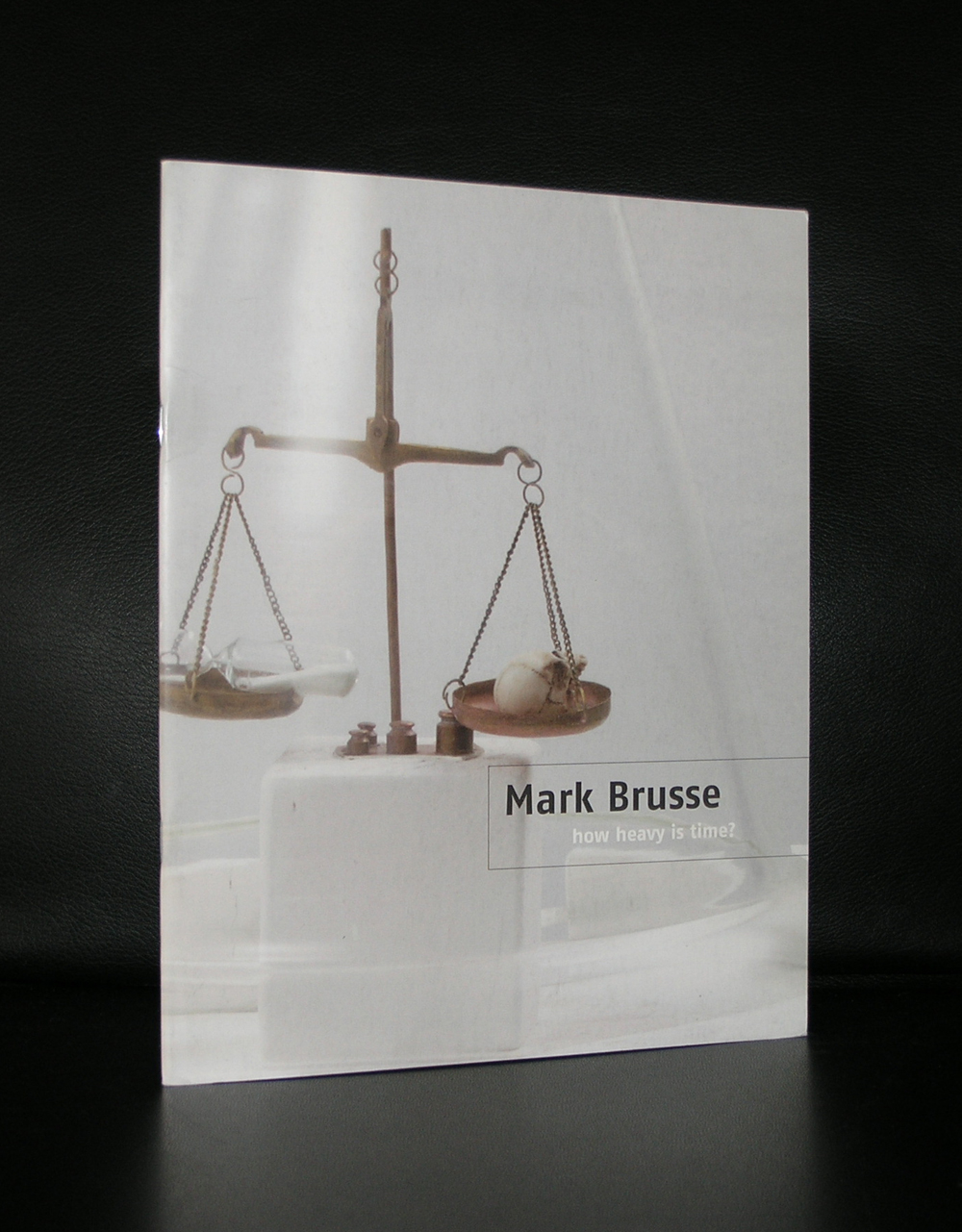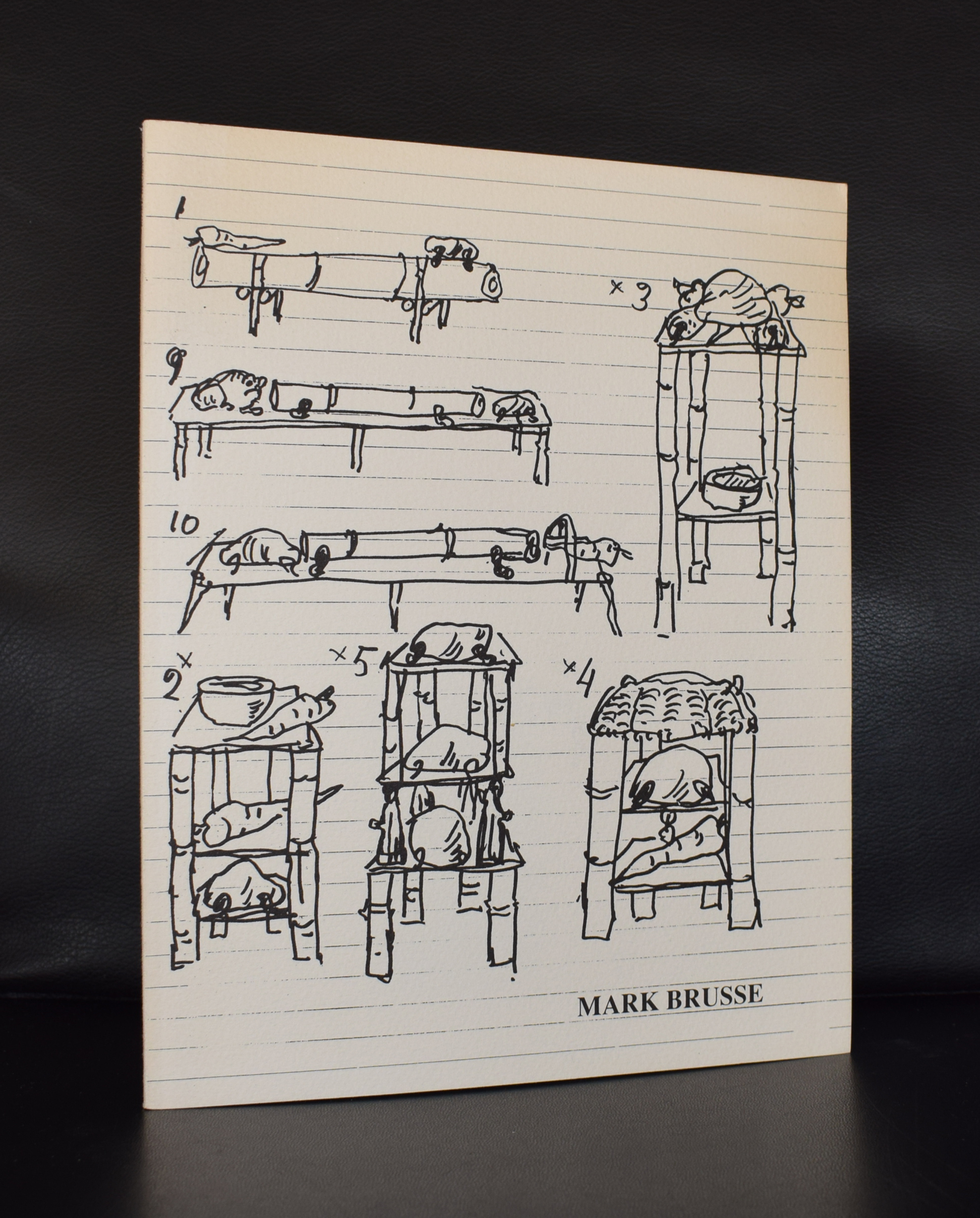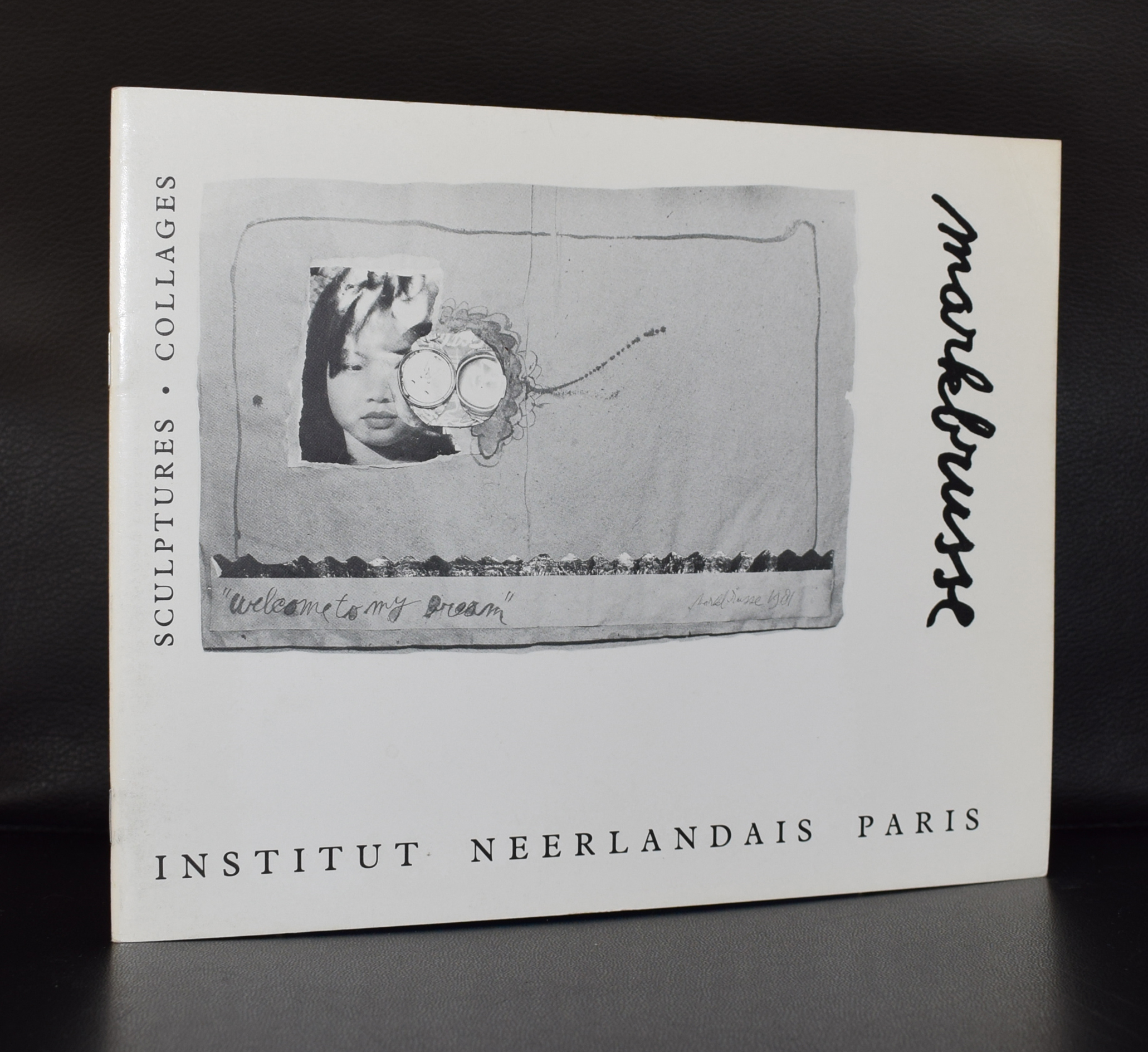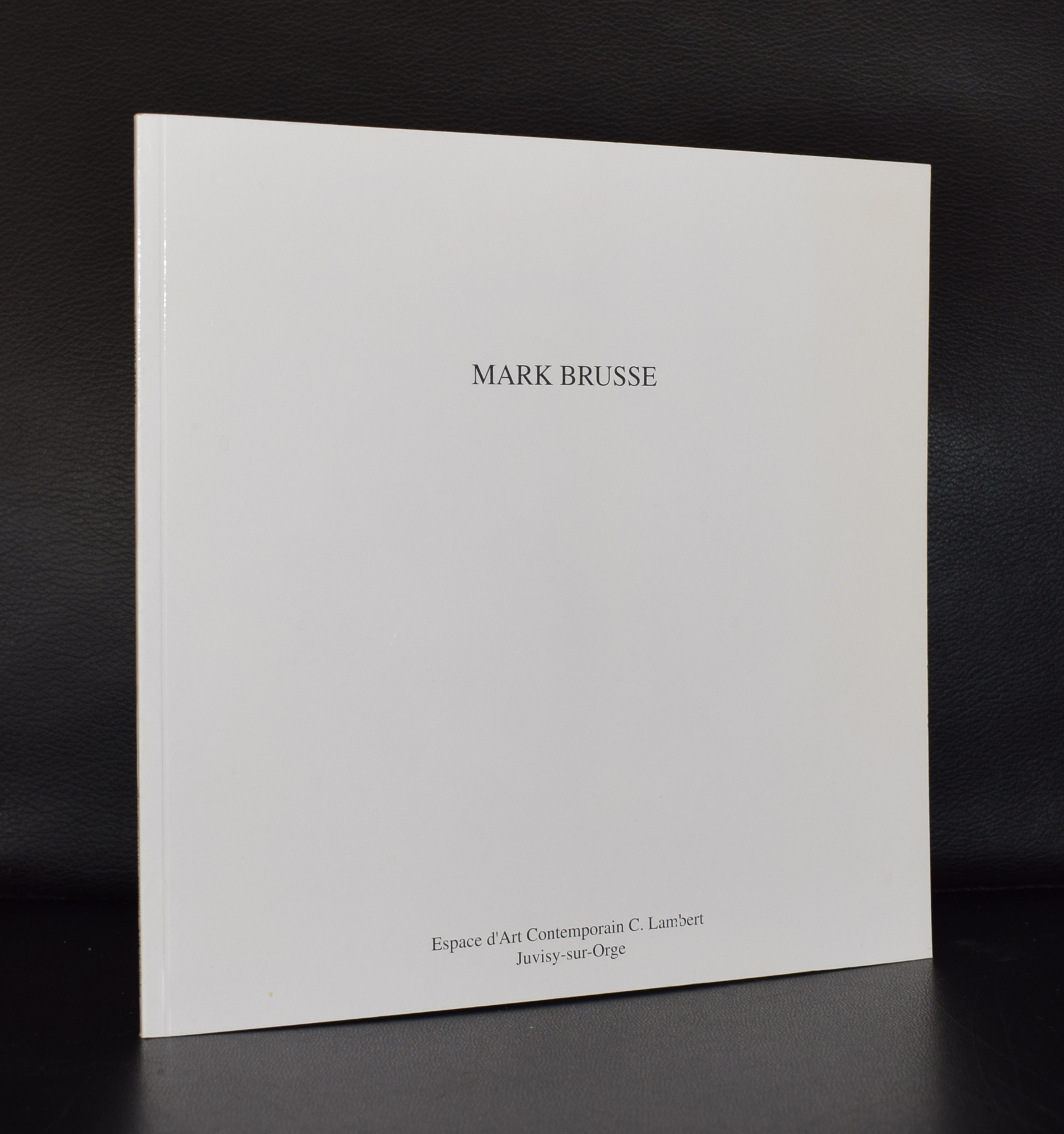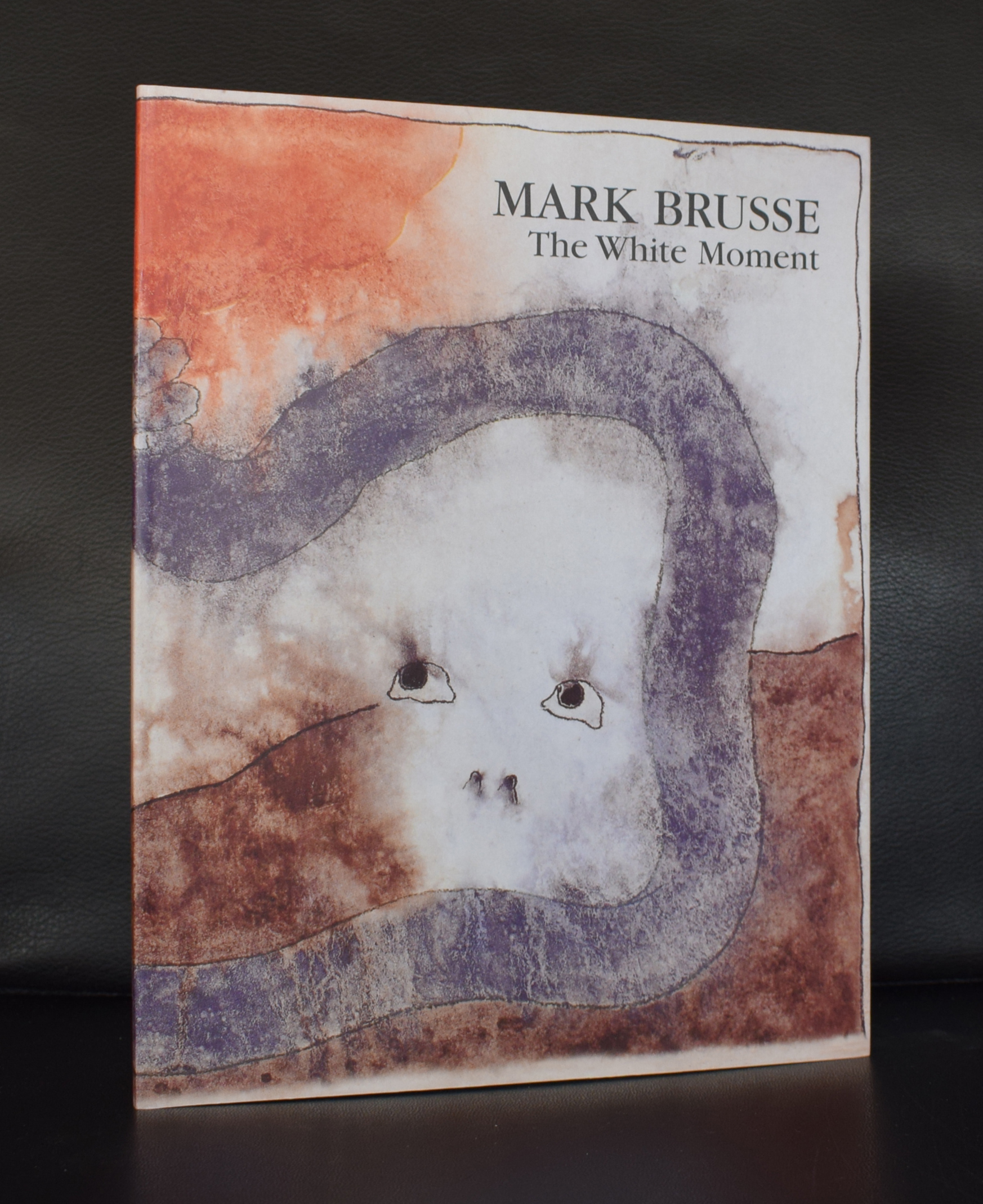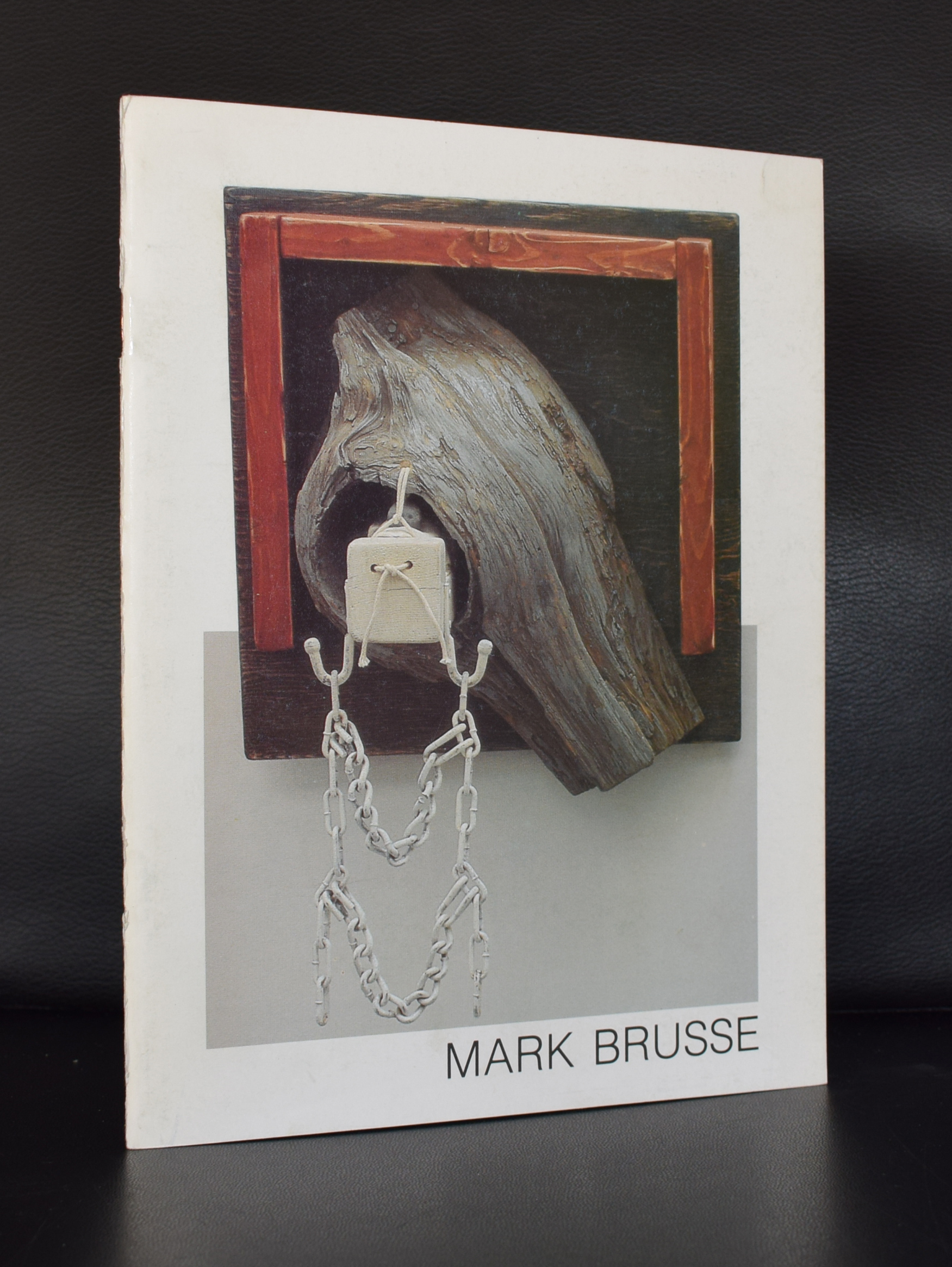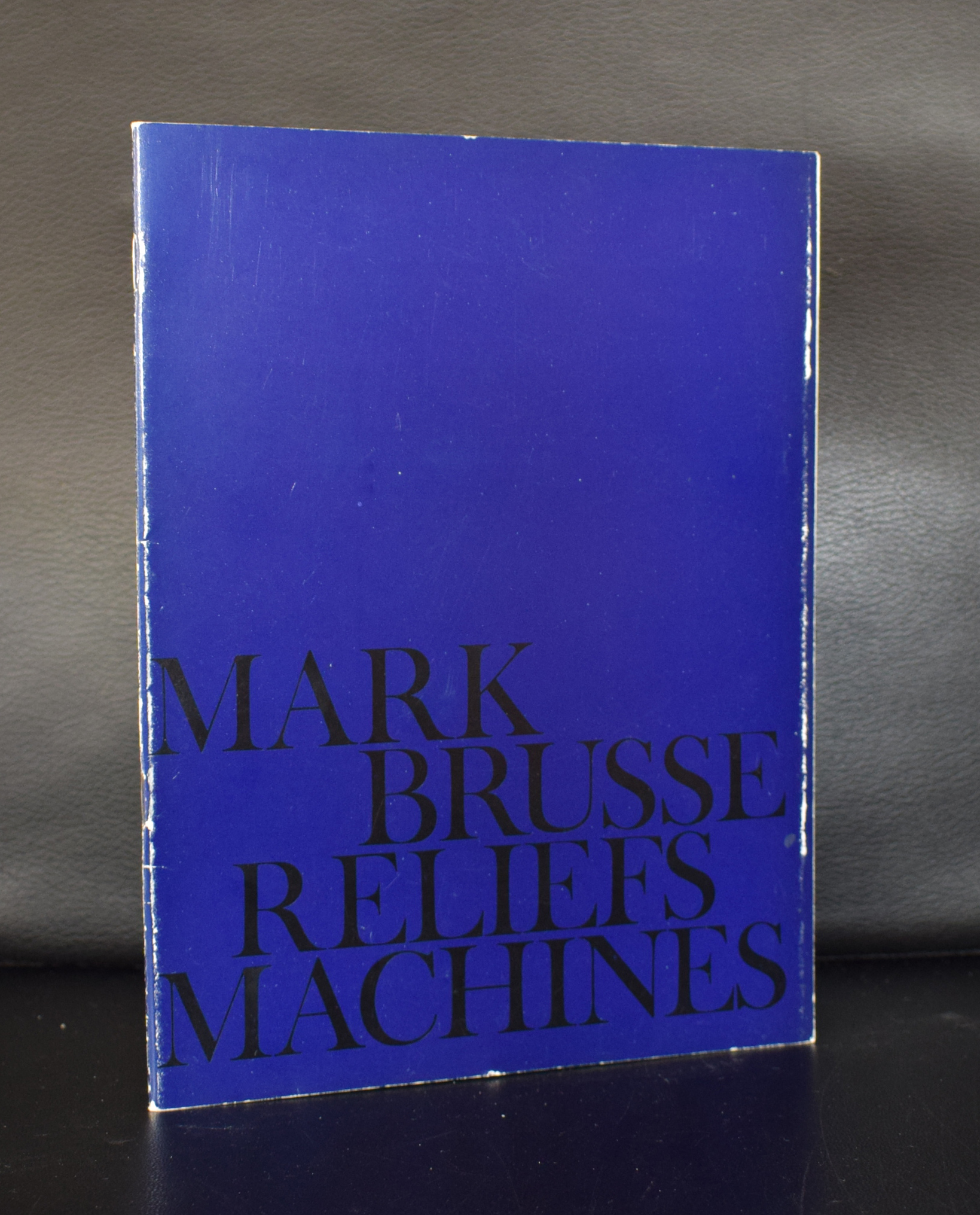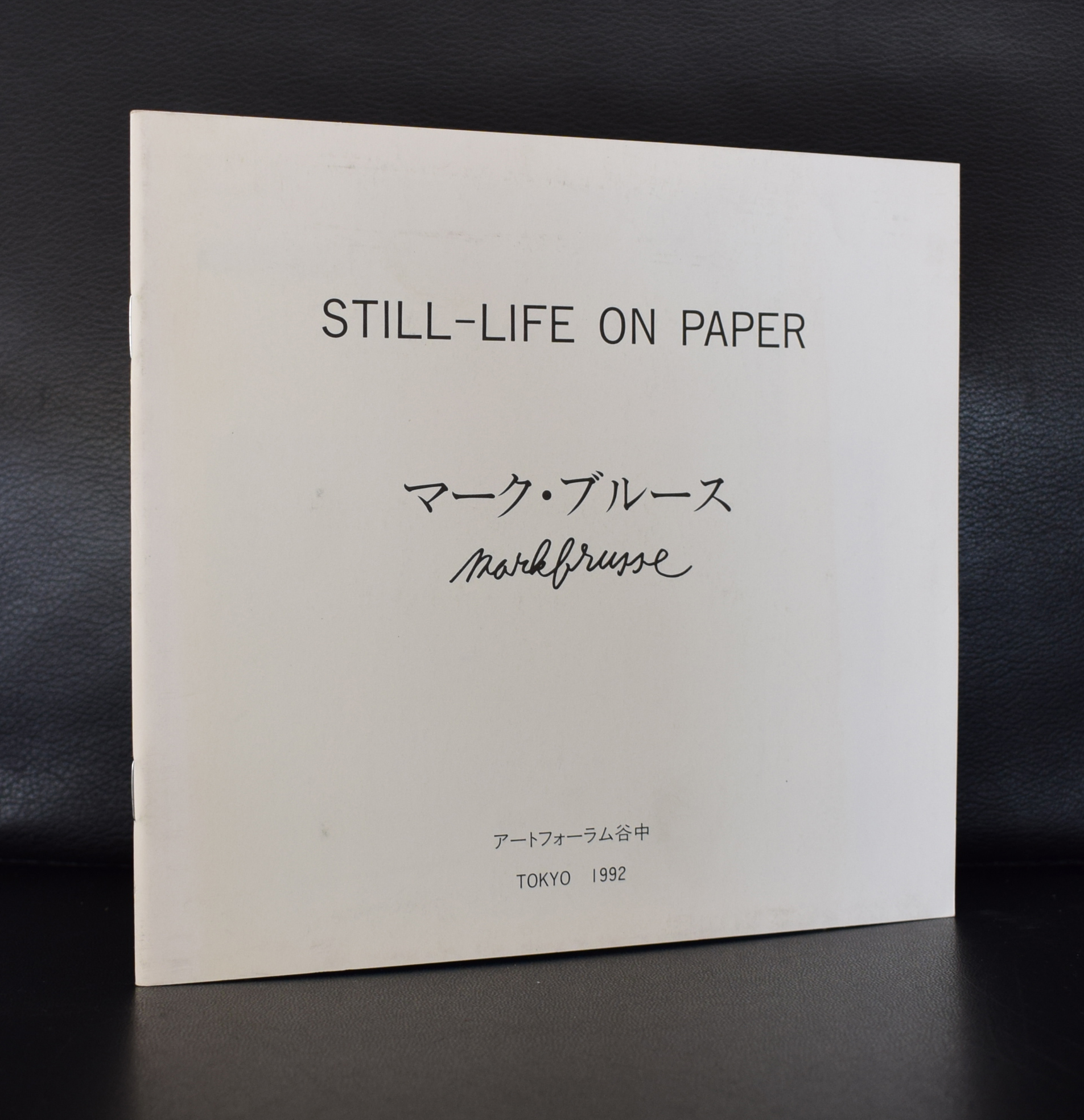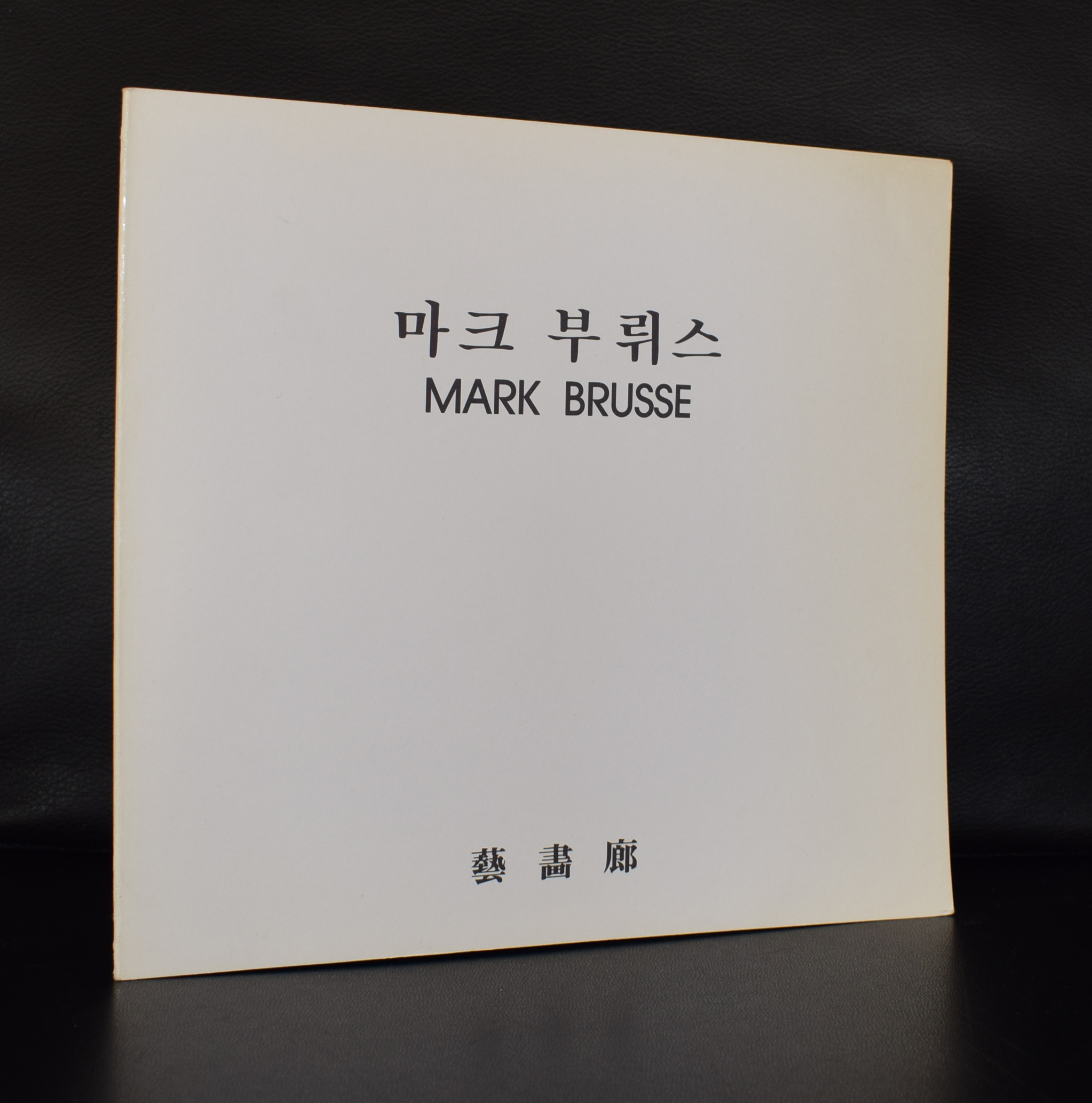
With his artistic training at the Textil-Ingenieurschule in Krefeld, Germany, Ron Rooymans began his journey as an artist. However, he quickly gravitated towards a more unconventional path.
In the years 1960-1963, he received lessons from Amsterdam painter Jos Rovers, solely focused on working from observation. In 1963, he was awarded the Encouragement Prize from the municipality of Eindhoven. From 1967 to 1983, Rooymans regularly spent long periods of time on the uninhabited island of Crevenish, off the coast of Ireland.
Early in his career, Rooymans’ work was figurative in nature, often incorporating a multitude of personal references. However, his friendship with architect Bart Linssen led to a shift in his initially baroque compositions, towards a more rigid, austere, and abstract style.
In 1975 on the island of Crevenish, Rooymans let go of figurative representations in his etchings for the first time. In 1977, also on Crevenish, he experienced an artistic breakthrough. Figuration disappeared entirely, and he began to work on rapid series of large canvases, each with its own unique language. These series were given names such as: ‘Not a soul but ourselves’, ‘Road paintings’, ‘Blood is thicker than water’, and ‘For The Fatherland’.
In the words of Rooymans himself: “I want to go beyond the canvas in my work.” This is clearly seen in his series ‘Thanks to the Edge’. He no longer only uses paint, but also incorporates tar, yarn, graphite, and chalk. His work becomes more spatial, sometimes taking over the entire studio.
www.ftn-books.com has now the 1981 NIJMEEGS MUSEUM catalog available.


